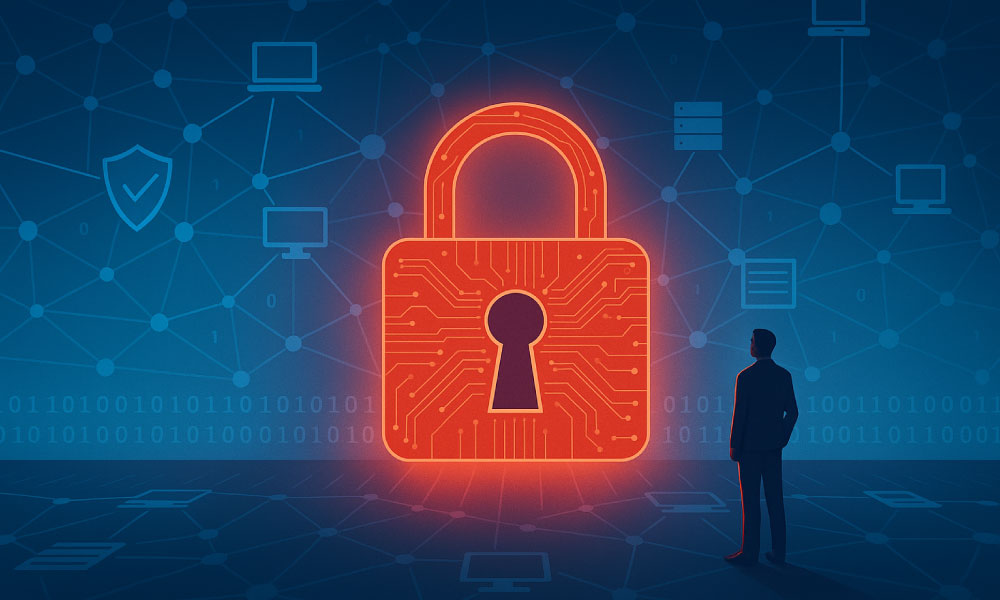In today’s borderless digital world, where employees work remotely, data lives in the cloud, and cyber threats evolve daily, traditional security approaches no longer suffice. The once-standard “castle-and-moat” model—where anything inside the network was trusted by default—has become dangerously outdated. It’s time for businesses to adopt a new standard: Zero Trust.
At WebNIC, we believe that Zero Trust is no longer a luxury—it’s a necessity for businesses serious about securing their digital infrastructure. Here’s why.
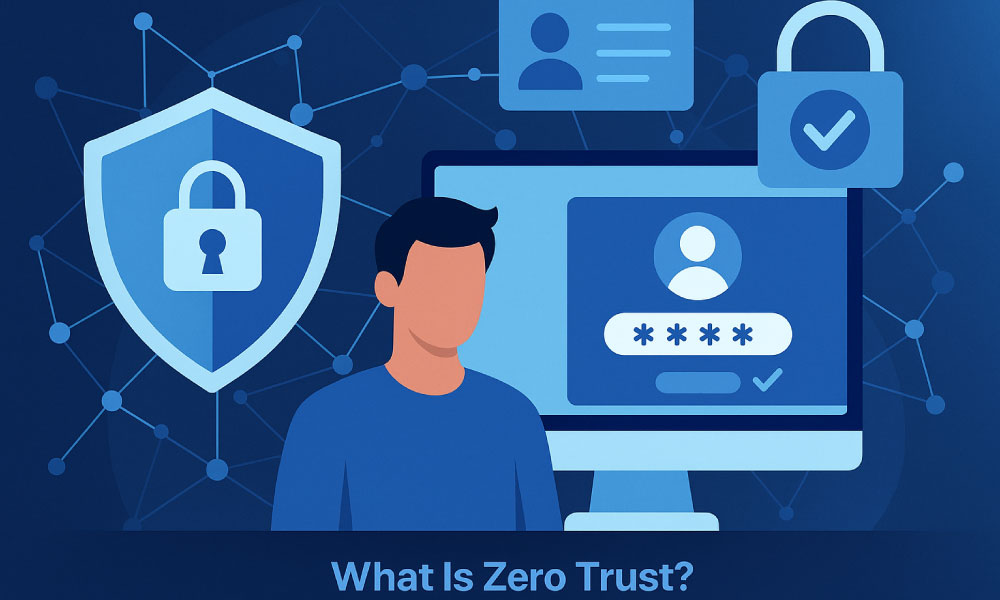
What Is Zero Trust?
Zero Trust is a security framework built on the principle of “never trust, always verify.” Unlike traditional models that automatically trust users or devices once inside the network perimeter, Zero Trust assumes that threats could exist both outside and inside your organisation’s environment.
Under a Zero Trust architecture, every access request must be continuously verified based on identity, context, and policy. This means no implicit trust—every user, device, and application must earn trust through constant authentication, authorisation, and validation.
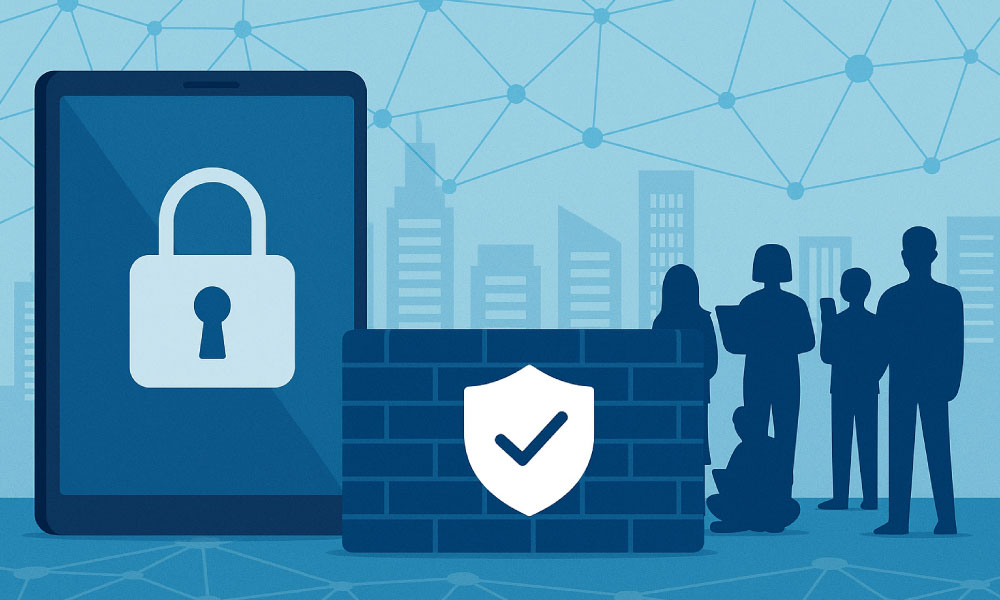
Why the Perimeter No Longer Protects You
Many legacy security frameworks still rely on perimeter-based protection—firewalls, VPNs, and access controls focused on keeping bad actors out. But with modern business relying on:
- Remote workforces
- Cloud-native infrastructure
- SaaS applications
- Mobile and BYOD devices
…the idea of a fixed network perimeter has virtually disappeared.
In this environment, attackers don’t need to breach the perimeter—they can exploit poor identity controls, unsecured devices, or misconfigured cloud systems. Once inside, they move laterally with little resistance. This is where Zero Trust closes the gaps.
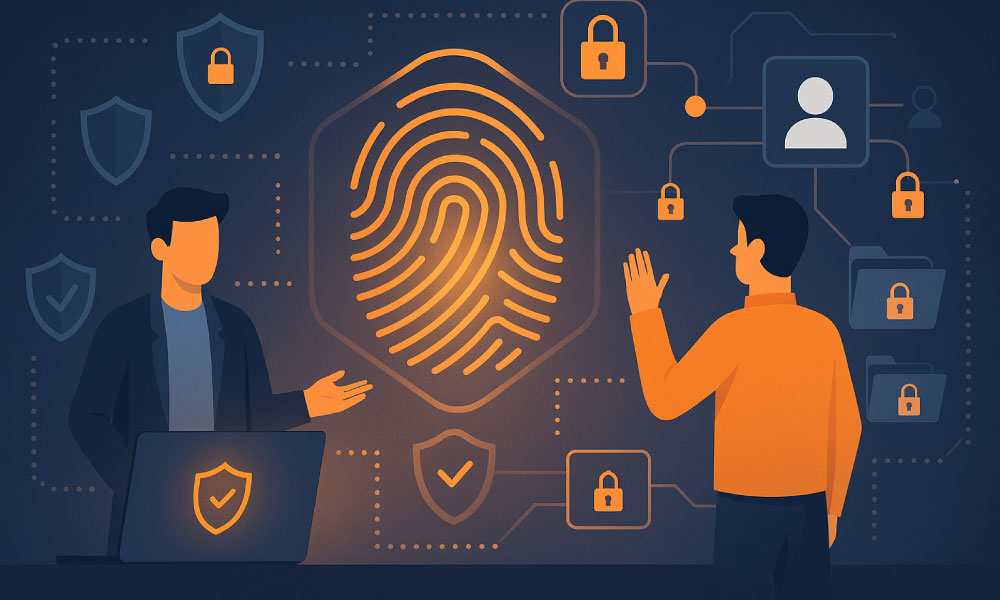
Why Zero Trust Is No Longer Optional
Here are the key reasons why organisations can’t afford to ignore Zero Trust:
- Rising Sophistication of Cyber Threats
Cybercriminals today use advanced tactics like phishing, credential theft, and ransomware to bypass outdated defences. With Zero Trust, every access request is scrutinised—reducing the success of these attacks dramatically.
- Remote and Hybrid Work Is Here to Stay
The shift to remote work introduced new vulnerabilities. Employees now access corporate resources from home networks and personal devices. Zero Trust ensures security policies travel with the user, regardless of location.
- Cloud and SaaS Adoption
Most businesses rely on cloud platforms and third-party services. Traditional perimeters can’t protect cloud-native assets. Zero Trust provides continuous protection across all environments—on-premises, cloud, and hybrid.
- Regulatory and Compliance Pressures
Global compliance standards like GDPR, HIPAA, and ISO 27001 demand strong controls over identity, access, and data protection. Zero Trust simplifies compliance by enforcing granular access and full auditability.
- Minimising Insider Threats
Zero Trust doesn’t just protect against external attackers—it also safeguards your data from accidental or malicious insider behaviour. Least-privilege access ensures users only access what they truly need.
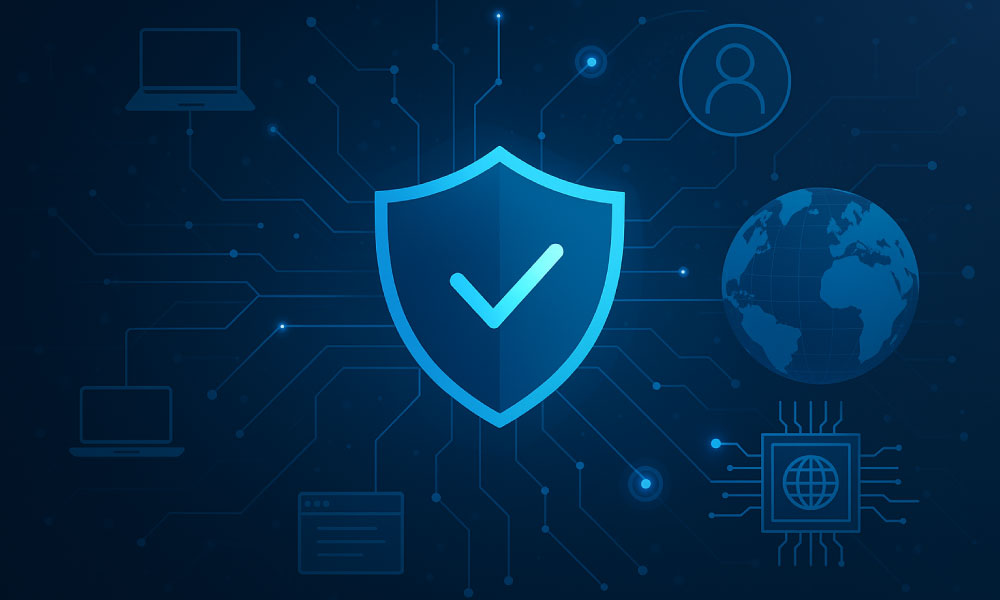
How WebNIC Helps You Enable Zero Trust
Zero Trust is not a single product—it’s a strategic approach. At WebNIC, we support Zero Trust adoption through:
SSL/TLS Certificate Management
We offer robust certificate lifecycle automation to ensure encrypted communication and reduce the risk of expired or mismanaged certificates.
Support for Post-Quantum Cryptography (PQC)
Zero Trust isn’t just about now—it’s about staying resilient for what’s next. Our solutions support the transition to quantum-safe algorithms, helping your infrastructure stay secure in the future.
Automation & Policy Enforcement
Manual certificate management undermines security. WebNIC enables automated issuance, renewal, and policy enforcement—reducing human error and operational friction.
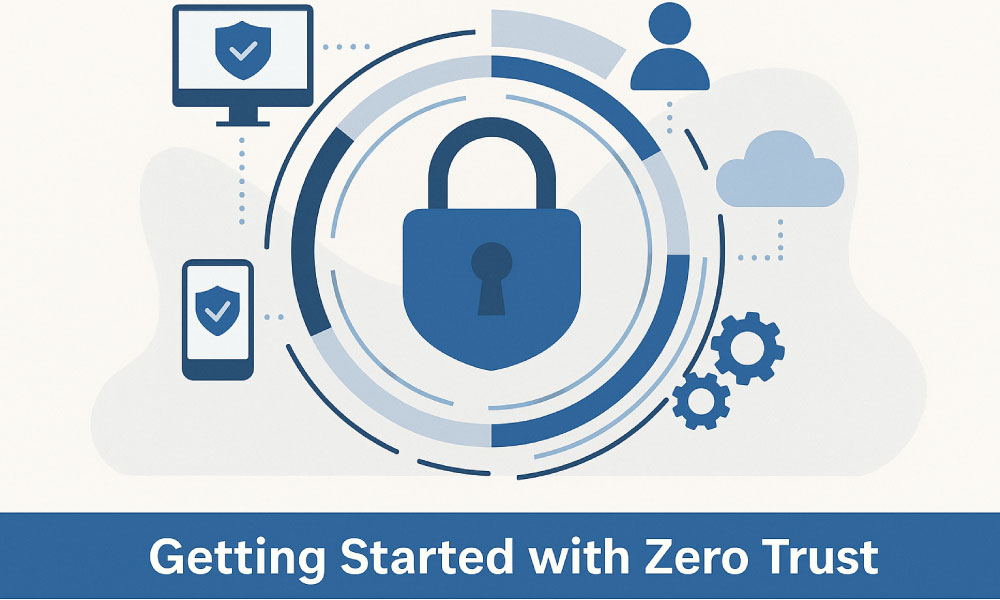
Getting Started with Zero Trust
Here’s how your organisation can begin the journey:
- Map your users, devices, and systems – Identify what needs protecting.
- Enforce least privilege access – Restrict access to only what’s necessary.
- Implement strong authentication – Use certificates, MFA, and continuous verification.
- Automate and monitor – Streamline certificate management and log everything.
- Plan for quantum resilience – Choose crypto-agile solutions for long-term protection.

Final Thoughts
Zero Trust is not a trend—it’s the new standard. As digital ecosystems grow more complex, businesses must rethink their security posture. Building digital trust starts with removing assumptions and enforcing identity and access everywhere.
At WebNIC, we’re here to help you secure what’s next with the tools, infrastructure, and support needed to adopt a Zero Trust approach that scales.
Let’s future-proof your organisation together.

